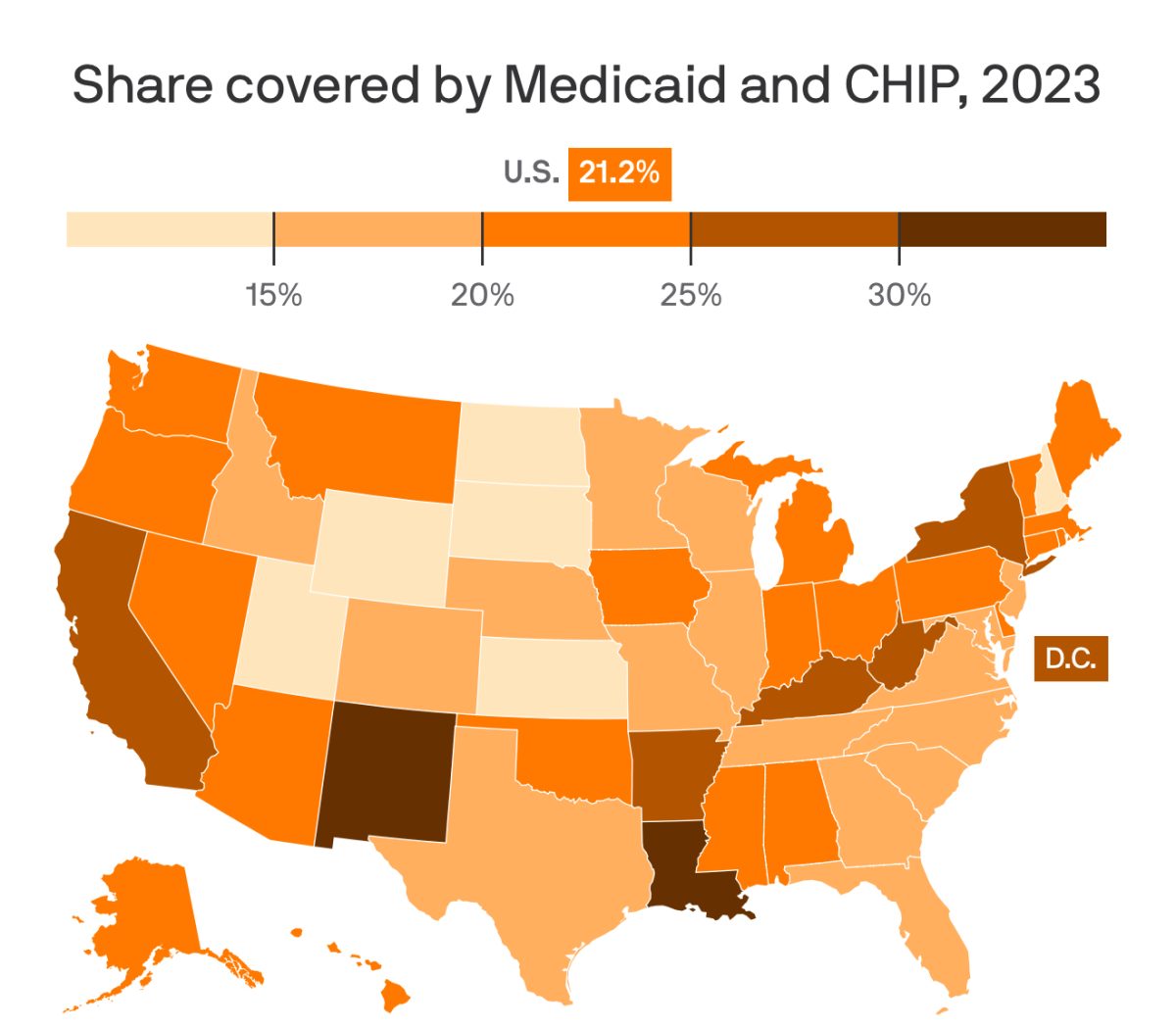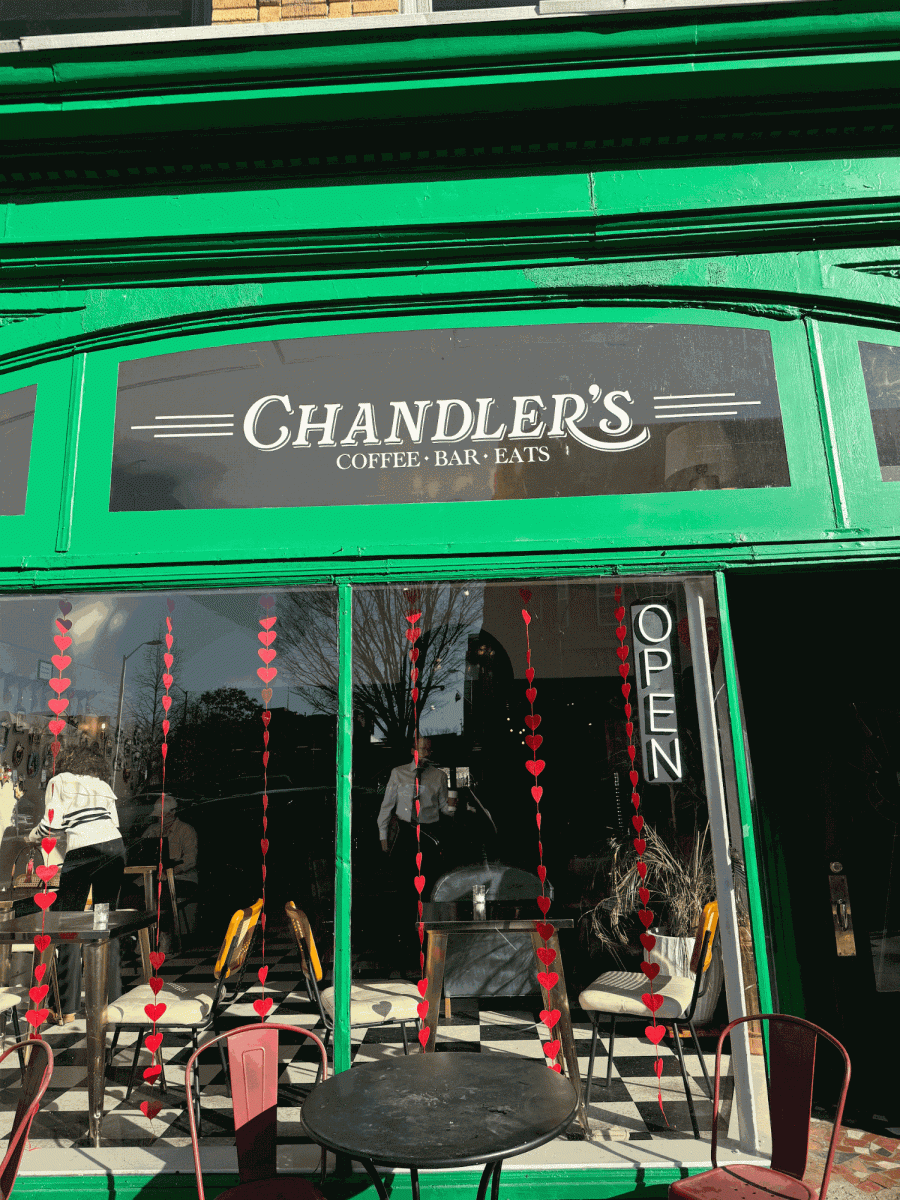By Brittany Van Pelt
There stereotypes in our society associated with different racial groups. These images are most commonly portrayed through the media. African-Americans are often portrayed as volatile thugs for men or abrasively angry for women.
However, one stereotype that is often omitted from media portrayal and acknowledgement is the “Oreo” stereotype.
Per merriam-webster.com, an “Oreo” is defined as a black person who adopts the characteristics, mentality, and behavior of a white middle-class society.
In simpler terms, an “Oreo” is someone who is Black on the outside but White on the inside. This can be expressed in various forms including talking “proper,” listening to “non-black” music, dressing eccentrically compared to the norm and being in engaged in activities that most black people may not knowledgeable about or even interested in. This stereotype basically includes anything seen as “abnormal” for a Black person.
“The first time I was called an ‘Oreo’ was probably in sixth grade. At first, I didn’t know what it meant but after I understood, I kind of felt embarrassed,” said sophomore Biology student, Shannon Glasgow.
“Due to this term, I felt like I wasn’t Black enough in school. Like, I couldn’t belong to the group [African-Americans] because I spoke eloquently, did well in school, and listened to other genres of music besides rap,” said sophomore English student, Nia Reid.
The “Oreo” stereotype is exclusively given towards Blacks but various other dessert snacks have been given a second meaning as well. “Twinkie” is used to define Hispanic and Asian people who are seen to be conforming to suburban White standards.
“I was called an ‘Oreo’ so much that I thought it was my name,” said Nia Reid.
It is hard to find a definitive origin for the “Oreo” stereotype, but the term most likely originated during the latter half of the 20th century as the Black middle class began to grow and leave the inner-city behind.
It is even harder to define whether the “Oreo” stereotype is seen as a negative or positive comment in our community.
“I find it annoying. I don’t see it as a good or bad thing. It depends on how the person who is being called an ‘Oreo’ feels about it being used,” said sophomore Political Science student, Nya McNeill.”
As civil rights legislation began to abolish the last remainders of Jim Crow, many Blacks were then allowed to cease more opportunities in the form of housing and jobs. This led many Blacks to leave the
inner cities during the 1970s in turn for the suburbs. The outward migration became affectionately named as the “Black flight.”
As the 1980s and 1990s progressed, many television shows started to show the outcome of Black flight through the portrayal of their characters in various sitcoms. Shows like “A Different World,” “The Fresh Prince of Bel-Air, and “The Cosby Show” sparked a change for the socioeconomic narrative of the Black community.
Though these shows explored various topics. One commonly held notion was about “acting White.” Characters such as Carlton Banks and Whitley Gilbert were seen as products of a suburban upper-middle class upbringing.
These characters were often told they were “acting white” by members of their own community.
“I was always called an ‘oreo’ by people of my own race. I didn’t feel welcomed by my community because I felt that I lacked something that others had. I was always secluded or compared to others because I was different,” said Freshman Biology student, Tatyana Whitley.
This is why it is even more important to have schools like HBCUs around. We all know that HBCUs foster so many positive attributes for young Black people – but we often forget how HBCUs show the extreme diversity that we have within our own community.
We face so much division from people outside of our community. So, it hurts even more when we perpetuate the same line of thinking within our own community. Blackness will always be multi-faceted. There is no singular definitive way to be Black. It is time for us to openly acknowledge this in our communities. Even though the characteristics of our upbringing may vary, we all have the common understanding and experience of what it means to be Black in America.
“You don’t have to be “ghetto” to be Black and you don’t have to be “proper” to be White. Skin color does not define how you are suppose to act,” commented Shannon Glasgow.






